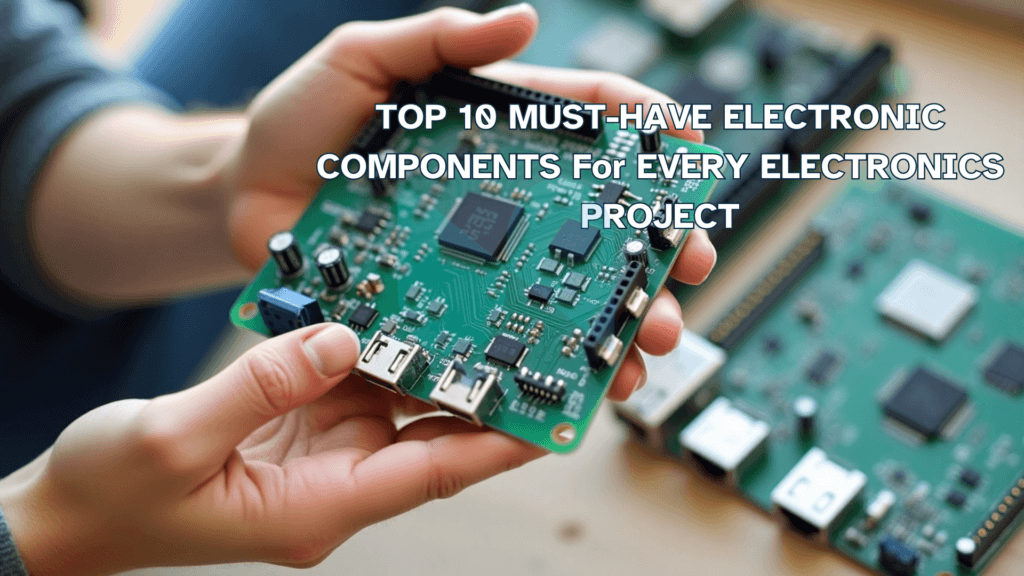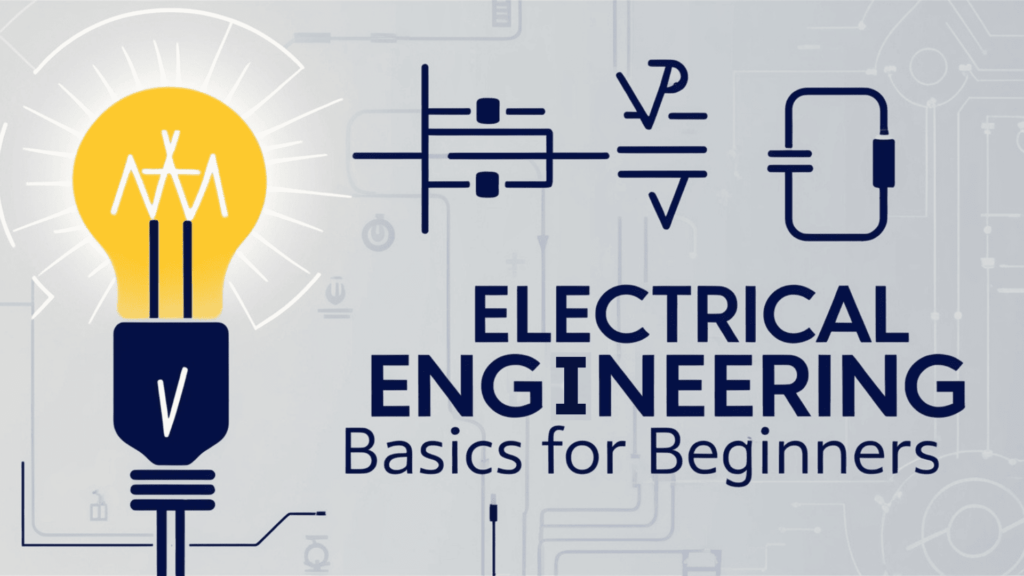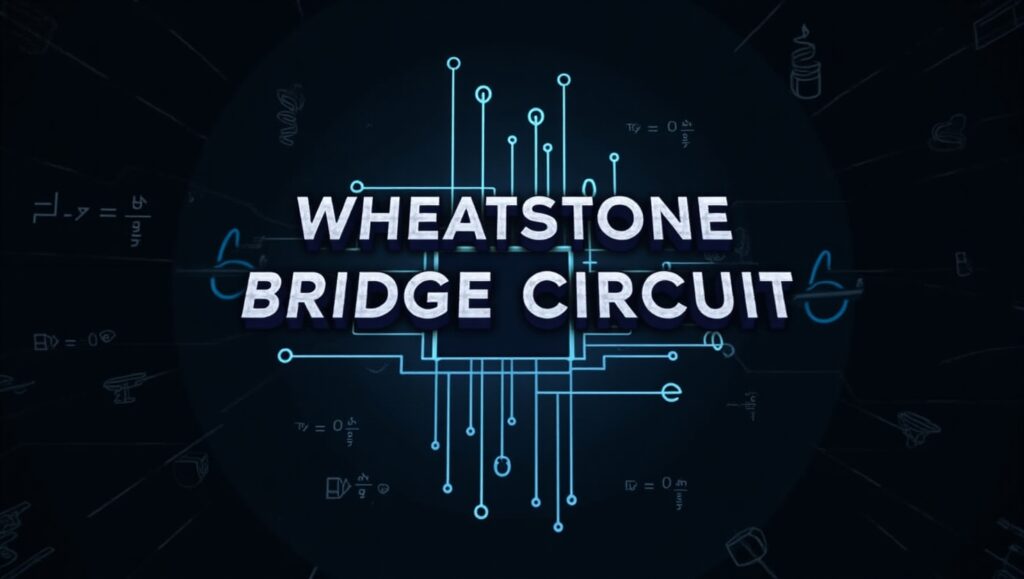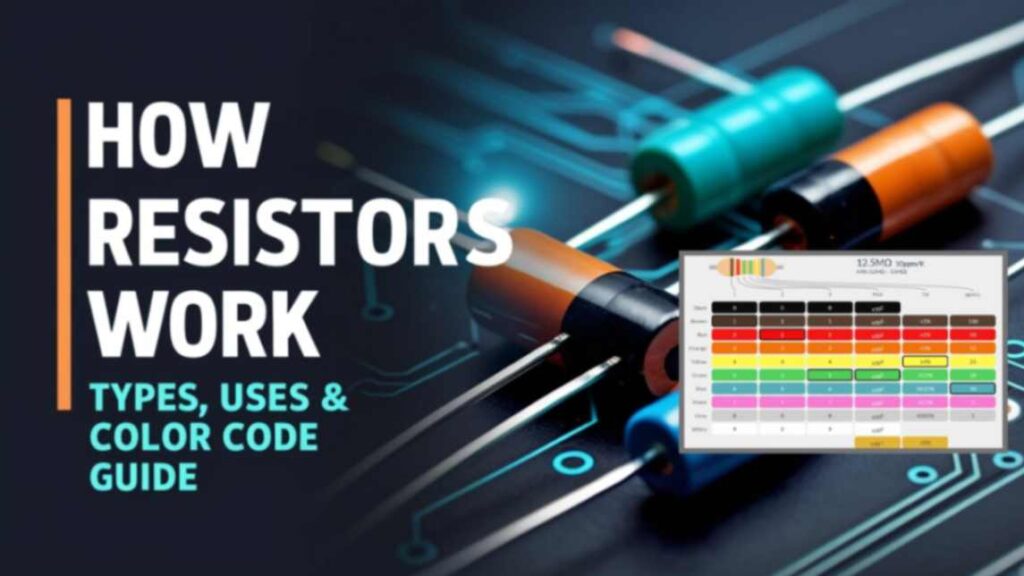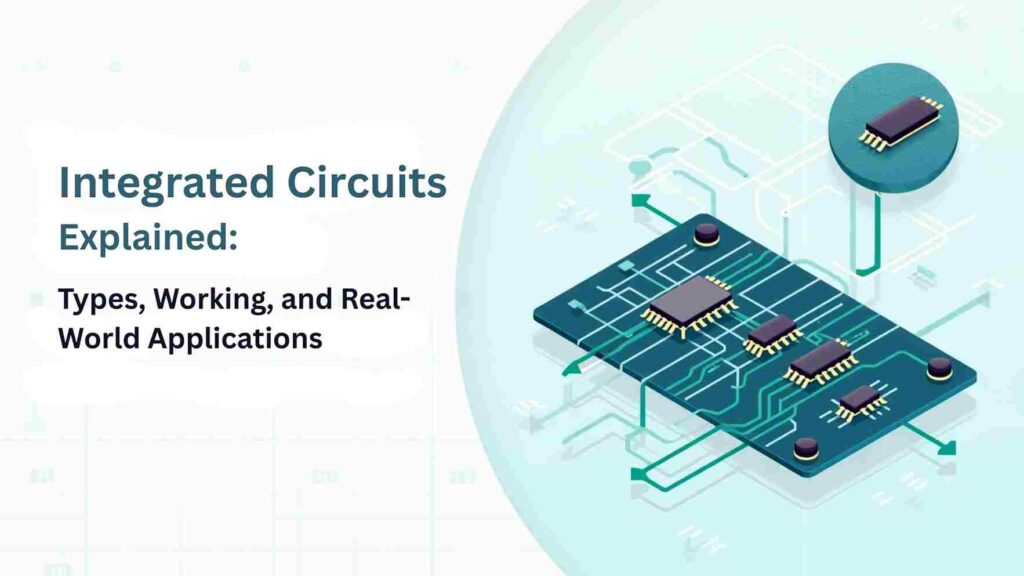
Integrated Circuits (ICs) are often called the “building blocks” of modern electronics — and for good reason. These tiny chips have revolutionized how we design, build, and scale everything from calculators to rockets. But what exactly are they, how do they function, and what makes them so powerful?
This blog will explore how ICs work, their various classifications, fabrication insights, and how they’re used in practical electronics, from hobbyist kits to industrial-grade systems.
What Is an Integrated Circuit (IC)?
An Integrated Circuit is a compact, microelectronic device that integrates multiple electronic components — such as transistors, resistors, capacitors, and diodes — onto a single silicon chip. These components are interconnected internally to form a functional circuit that can perform logic, amplification, storage, timing, and much more.
Key Characteristics of ICs:
Made on a semiconductor wafer, usually silicon
Operate at low voltage levels with high efficiency
Pack thousands to billions of transistors in mm-sized packages
Enable high-speed computation and miniaturization of electronic systems
Fact: The first IC was developed in 1958 by Jack Kilby at Texas Instruments. Today, chips like Apple’s M-series contain over 100 billion transistors on a single die!
How Does an IC Work?
At the microscopic level, ICs use transistor-based logic and signal manipulation. Here’s a simplified breakdown:
Transistors act as electronic switches or amplifiers.
Logic gates (like AND, OR, NOT) are built using transistor networks.
These gates combine into functional blocks like adders, flip-flops, or amplifiers.
The entire system is fabricated photolithographically, with layers of metal interconnects.
External pins interface with the outside world (input/output, power, ground).
A digital IC interprets voltage levels as 1s and 0s, while analog ICs handle continuous waveforms like audio or sensor data.
Inside the Fabrication of an IC
The making of an IC involves advanced steps like:
Photolithography – patterning layers on a silicon wafer
Doping – modifying electrical conductivity in certain areas
Etching – removing unwanted materials
Deposition – layering insulating or conductive films
Packaging – encapsulating the chip in plastic/ceramic for use
Modern ICs are fabricated in cleanrooms 1000x cleaner than a hospital operating theater.
Why Are ICs So Important in Electronics?
ICs reduce:
Size: A breadboard circuit becomes a fingernail-sized chip
Cost: Mass manufacturing makes ICs extremely affordable
Power: Low current consumption makes them suitable for battery devices
Complexity: Large systems become modular and manageable
Failure Rate: Fewer solder joints = higher reliability
ICs Enable:
Embedded intelligence in every object
Automation in industries
Portability in consumer devices
High-speed computing and AI processing
Classification of ICs (With Practical Use Cases)
1. Analog ICs
Function: Work with continuous signals
Examples: Amplifiers, voltage regulators, sensors
ICs: LM358, LM317, TL082
Uses: Audio amplifiers, voltage control, analog sensors
2. Digital ICs
Function: Operate on binary logic (1/0)
Examples: Logic gates, flip-flops, counters
ICs: 7400 series, 4017 Decade Counter
Uses: Microprocessors, memory, calculators, digital clocks
3. Mixed-Signal ICs
Function: Combine analog + digital blocks
Examples: ADCs (Analog to Digital Converters), DACs
ICs: MCP3008 (ADC), PCM5102A (DAC)
Uses: Audio processing, sensor interfacing, communication
4. Timer ICs
Function: Generate time delays, oscillations
ICs: NE555 (most popular), CD4060
Uses: LED blinkers, tone generators, timers
5. Memory ICs
Function: Store data temporarily or permanently
Types: SRAM, DRAM, EEPROM, Flash
ICs: 24C02, W25Q32
Uses: Microcontrollers, BIOS, USBs
6. Microcontroller ICs
Function: Embedded programmable computers
ICs: ATmega328P, ESP32, STM32, 8051
Uses: Robotics, IoT, smart gadgets, automation
7. Power ICs
Function: Manage voltage, charge, and current
ICs: LM7805, TP4056, XL6009
Uses: Battery management, voltage regulation
Common IC Packages and Their Uses
| Package Type | Description | Use Case |
|---|---|---|
| DIP (Dual Inline Package) | Easy to insert in breadboards | Hobby projects, prototyping |
| SMD (Surface Mount Device) | Tiny size, soldered on PCB | Commercial boards |
| QFP/BGA | High pin count, used in CPUs | High-performance systems |
Real-World Applications of ICs
Here’s how different industries rely heavily on ICs:
Consumer Electronics:
Mobile processors, Bluetooth ICs, audio codecs
Example: Qualcomm Snapdragon, MediaTek chips
Automotive Systems:
Engine control units (ECUs), brake automation, infotainment
ICs handle safety-critical tasks and CAN Bus communication
Healthcare Devices:
ECG machines, digital thermometers, infusion pumps
ICs ensure precision and reliability
Industrial Automation:
PLCs, motor drivers, embedded control units
Used for robotics, machine vision, and predictive maintenance
Aerospace & Defense:
Radiation-hardened ICs in satellites
Secure, fail-safe operation in extreme conditions
Where to Buy ICs and How to Choose the Right One?
Before buying an IC, always check:
Voltage and current ratings
Package type (DIP/SMD)
Temperature range
Pinout and datasheet
Recommended platforms:
Pluntx – for curated, quality-assured ICs
Digikey, Mouser, LCSC – for wide global availability
Final Thoughts
ICs are more than just chips — they are the nerve centers of our digital age. From controlling a simple LED blink to guiding autonomous vehicles, ICs form the foundation of modern innovation.
If you’re building your next project or just exploring the world of electronics, understanding how ICs work will unlock smarter design, better efficiency, and limitless possibilities.
About pluntx

Pluntx is India’s leading platform for electronics and 3D printing solutions, offering a wide range of products like Arduino, Raspberry Pi, drone parts, sensors, 3D printer components, and more. We also provide expert CAD design services and affordable 3D printing, starting at just ₹49. Click here to explore our extensive collection of electronics and prototyping tools. Be sure to follow us on Instagram and YouTube, where we regularly share tutorials, tips, and updates on everything from Arduino projects to drone technology. Pluntx delivers precision and quality. Our mission is to empower creativity through technology and simplify the journey from concept to creation.
